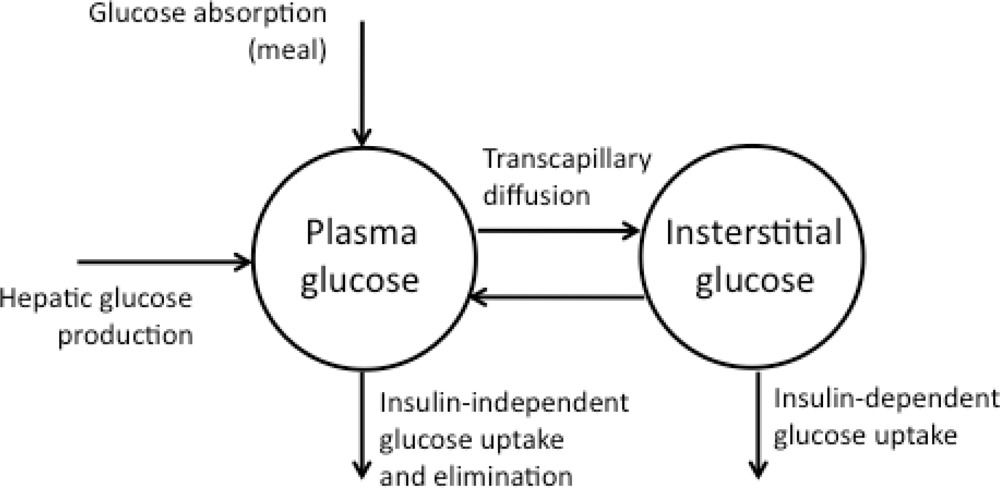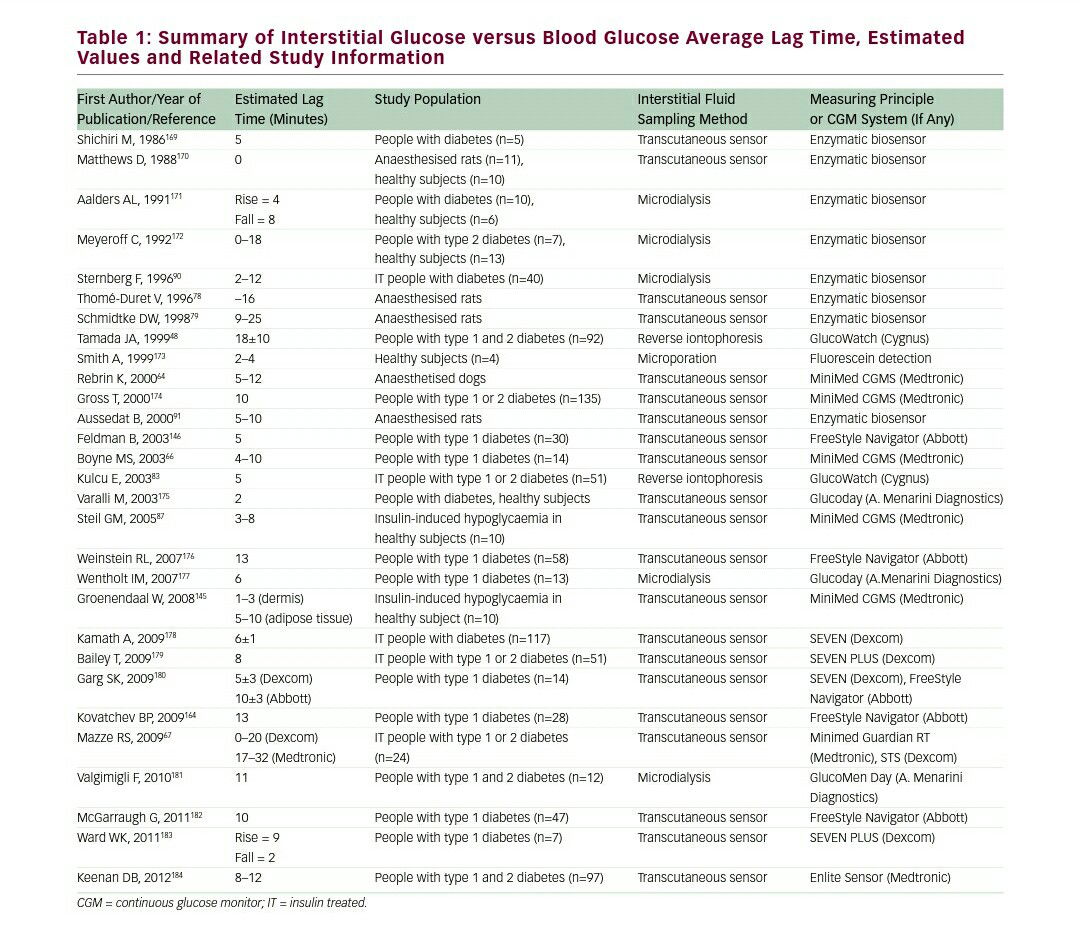Lag Time
the concept of lag implies that sugar level may differ between blood and (ISF) :a liquid which bathes cells-and glucose must diffuse from it to the cells and vice versa according to gradient and other factors, so SG mostly is different from BG due to its transportation and other dynamics related to its movement ;consequently we have to take this into account while glucose estimation by CGM where ISF is the measuring medium .
lag time -as well known- is like a roll caster where fist train is blood and the second one is ISF ,moving in sequence ,any change will be reflected on the blood first then ISF-simply like that :
As glucose changes rapidly , lag time is expected to be bigger,if changes is slight,lag time should be insignificant.....
however,there are different types of lag time involved in glucose assessment :
1-physiological lag time related to glucose itself
2-computational /industrial lag time related to :
i-device used for the ISFG sampling and measurement.
ii- The time needed for glucose to be transported from ISF to the biosensor
iii- computational lag, related to all the calculation algorithms applied(algorithm adopted)
selected algorithm needs be simple ;otherwise significant lag time may result !
3-insulin effect -is lag behind what is expected !
In the large majority of studies it was:
observed that the IFG delayed with respect to the BG, independently;
of whether the BG is rising, falling or reaching nadirs/peaks, confirming a kinetic equilibrium based on a ‘two-compartment’ model of glucose.

In other studies the IFG was found to anticipate the BG decrease during insulin-induced hypoglycemia. This was explained by increased glucose uptake from the IF by the surrounding cells(push-pull model)


the above table assures that lag time is not related to glucose dynamics -only- other factors related to sensor itself may affect its magnitude...
* the complex relationship between BG & SG...amazing article with non technical language

soon...detailed presentations explain the above concepts ....
please see the attached ppt ...


